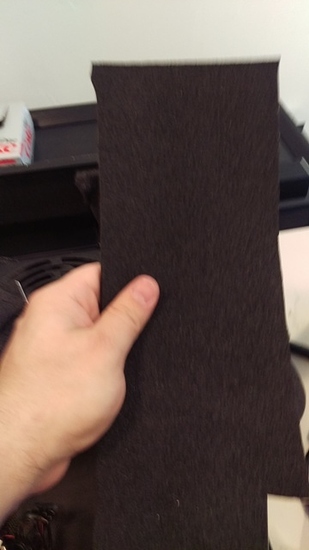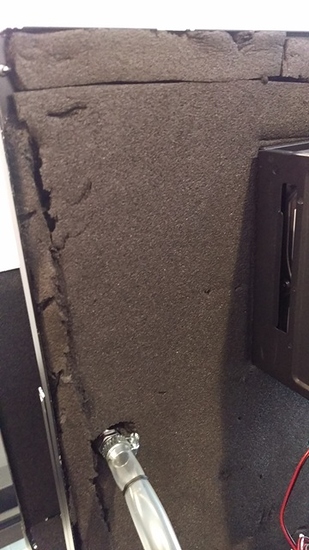After posting some pictures of my scratch build there was alot of interest in the sound proofing used so I decided to share my experience with you guys so you can also have quiet computing!
First off, to get it out of the way in no way shape or form will you be able to totally silence loud fans and components; our goal is to deaden the sound, change the sound profile to be less annoying, and to lower the decibels put off by components.
So lets talk about materials there are lots of "sound proof" products floating around out there and you will need to choose some. As such I will go over the basic products and there uses:
First we have basic foam, these are the normal sound proofing sold as an aftermarket product they are easy to use with peel and stick adhesive pre-applied they can be cut easily with a knife or scissors and come in a variety of thicknesses, finishes (open cell, solid surface, ect.) and colors. This foam is used to absorb sound waves it lowers the decibels put off and deadens the sound making it sound duller and more distant. It is sold by many PC company's but also is sold in the automotive industry either is fine.
This is silverstone foam: while subjective I think it looks really good as it is a fairly dark black it is easy to work with and comes with a good amout of material per package.
http://www.performance-pcs.com/silverstone-accessories/silverstone-sound-insulation-foam-black.html
Next we have closed cell foam it is thicker, heavier, and serves to change the pitch of sounds as well as lower decibels, this foam is standard on many sound proofed cases such as the NZXT 440 it is also peel and stick but is harder to cut cleanly due to its high density, thickness, and strength. Closed cell foam tends to be much more expensive.
This is some aftermarket closed cell foam from Mod DIY it's a little worse for the ware but it works well and is unseen in my build.
Next lets talk about wave or pyramid foams. These are some of the best items available to sound proof with they redirect sound waves while de-amplifying them this makes these foams the go to choice for recording studios, audiophiles, and sound sensitive areas. While it is not practical in a PC case to shove a bunch of huge wave foam bricks in, it is practical to use smaller versions of this tech. 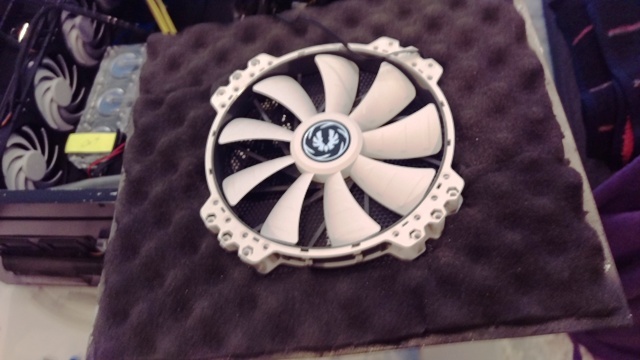
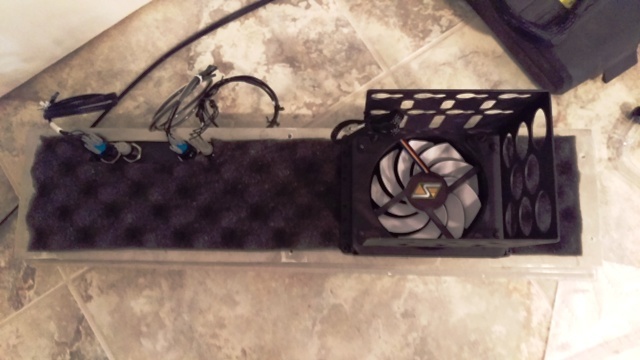
This foam comes with no adhesive but 3m thought of that already and spray glue for foam works impressively well, this foam is 25mm thick, the thicker the foam's waves the more it will de-amplify any sound wavelengths. Please note that this foam like closed cell foam is hard to cut I use a sharp knife and run the blade over it slowly to cut it making sure not to rip it.
Now, installing stuff. we are not talking about peel and stick here or even spray glue rather the placement of foam, which to use and why. Always remember sound proofing is essentially insulation which is not what we want, make sure that airflow paths stay open if you block them do so at your own risk. Open cell foam is the least effective but it is thin, cheap, and looks good so we use it where it will be seen, where there is limited space, and where it is not cost effective to cover with closed cell or wave foam like a back panel. Next we have closed cell foam this foam is high performing but is thick, hard to work with, and expensive we use this foam in front of loud components, where it can absorb as much sound waves as possible. in front of fans, around pumps, or around loud hard drives is how its done. Then we have wave foam, because wave foam redirects sound waves literally bouncing them around in random directions; this means two things we have to create a sound proof cage of sorts when using this foam and we have to take care as to where it is applied. If we do not; we will just redirect sound away from the foam without any meaningful reductions. 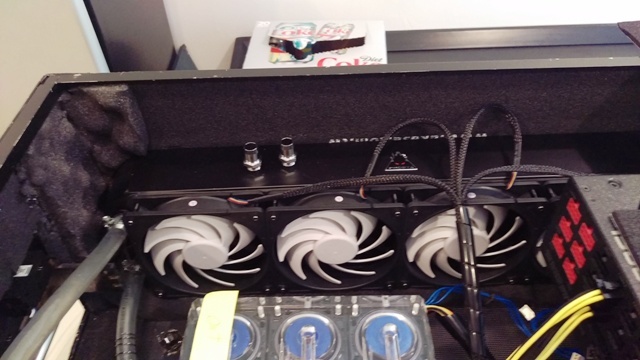
By using wave foam in the corners and open cell everywhere else we create a sound proof cage the bottom is open but the piece that sits above this has the bottom entirely foamed so that sound waves are always deadened.
Good Luck in your new enlightened sound proofing!
